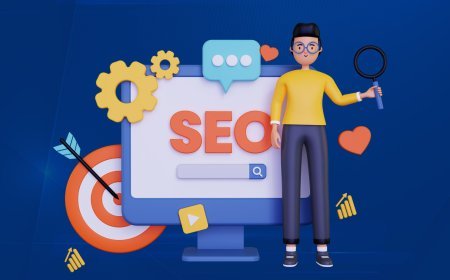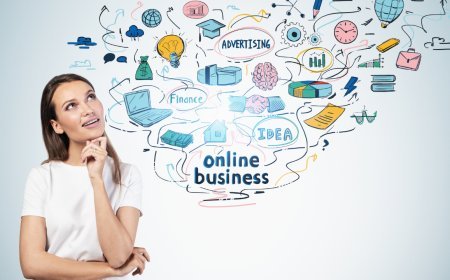Building Customer Loyalty: Retention Strategies That Work
Develop effective customer retention strategies that build lasting relationships, increase lifetime value, and turn customers into brand advocates for your business.

Customer retention is significantly more cost-effective than acquisition, with studies showing it costs 5-25 times more to acquire new customers than to retain existing ones. Building customer loyalty creates a sustainable competitive advantage that drives long-term business growth and profitability through repeat purchases and referrals.
Exceptional customer service forms the foundation of customer loyalty by exceeding expectations and resolving issues quickly and fairly. Train team members to handle customer interactions professionally, empower them to resolve problems without excessive bureaucracy, and follow up to ensure satisfaction. Customers remember how you make them feel more than specific products or prices.
Personalization makes customers feel valued and understood rather than just another transaction. Use customer data to tailor communications, recommend relevant products, and acknowledge important milestones like birthdays or anniversaries. Personal touches create emotional connections that foster loyalty beyond price or convenience considerations.
Loyalty programs incentivize repeat purchases while providing valuable customer data for future marketing efforts. Design programs that are easy to understand and use, offer meaningful rewards that appeal to your customer base, and create multiple ways to earn points or benefits. Successful loyalty programs balance simplicity with value.
Consistent quality and reliability build trust over time by meeting or exceeding customer expectations with every interaction. Develop systems and processes that ensure consistent service delivery, regularly monitor quality metrics, and address any issues that could damage customer confidence. Consistency reduces risk perception and builds long-term relationships.
Proactive communication keeps customers informed and engaged with your business between purchases. Send helpful tips, industry insights, maintenance reminders, or exclusive offers that provide value beyond direct sales pitches. Regular, valuable communication keeps your business top-of-mind when customers need your products or services.
Customer feedback collection and implementation show that you value customer opinions and continuously work to improve their experience. Use surveys, reviews, and direct conversations to understand customer needs and pain points, then make visible improvements based on their suggestions. Customers appreciate businesses that listen and respond to their input.
Surprise and delight strategies create memorable positive experiences that customers share with others. Unexpected upgrades, personalized thank-you notes, or small gifts for loyal customers create emotional connections that go beyond transactional relationships. These gestures often cost little but create significant goodwill and word-of-mouth marketing.
Community building around your brand creates relationships between customers and strengthens their connection to your business. Use social media groups, events, or online forums to bring customers together around shared interests related to your products or services. Strong communities create switching costs beyond price considerations.
Value-added services differentiate your business by providing benefits that competitors don't offer. Extended warranties, free consultations, educational workshops, or exclusive access to new products create additional value that justifies premium pricing and builds customer loyalty.
Recovery strategies turn negative experiences into positive ones and often create stronger loyalty than customers who never experience problems. Have clear processes for handling complaints, empower team members to resolve issues quickly, and follow up to ensure satisfaction. How you handle problems often matters more than the problems themselves.
Customer lifecycle marketing delivers relevant messages based on where customers are in their relationship with your business. New customers need onboarding and education, established customers might appreciate loyalty rewards or upgrades, and inactive customers require re-engagement campaigns. Lifecycle marketing improves relevance and effectiveness.
Employee training and culture alignment ensure that everyone in your organization understands the importance of customer retention and has the skills to contribute positively to customer relationships. Invest in customer service training, share customer success stories, and recognize team members who contribute to customer loyalty efforts.
Measuring customer loyalty requires tracking metrics beyond just repeat purchase rates. Monitor customer satisfaction scores, Net Promoter Score (NPS), customer lifetime value, and retention rates by segment. Understanding which customers are most loyal and why helps you replicate successful retention strategies across your entire customer base.
Build lasting customer relationships that drive sustainable business growth! Find customer experience professionals on saneyou.com who can help you design and implement effective retention strategies, or post your customer loyalty services to help other businesses create stronger relationships with their customers.
What's Your Reaction?
 Like
0
Like
0
 Dislike
0
Dislike
0
 Love
0
Love
0
 Funny
0
Funny
0
 Angry
0
Angry
0
 Sad
0
Sad
0
 Wow
0
Wow
0







